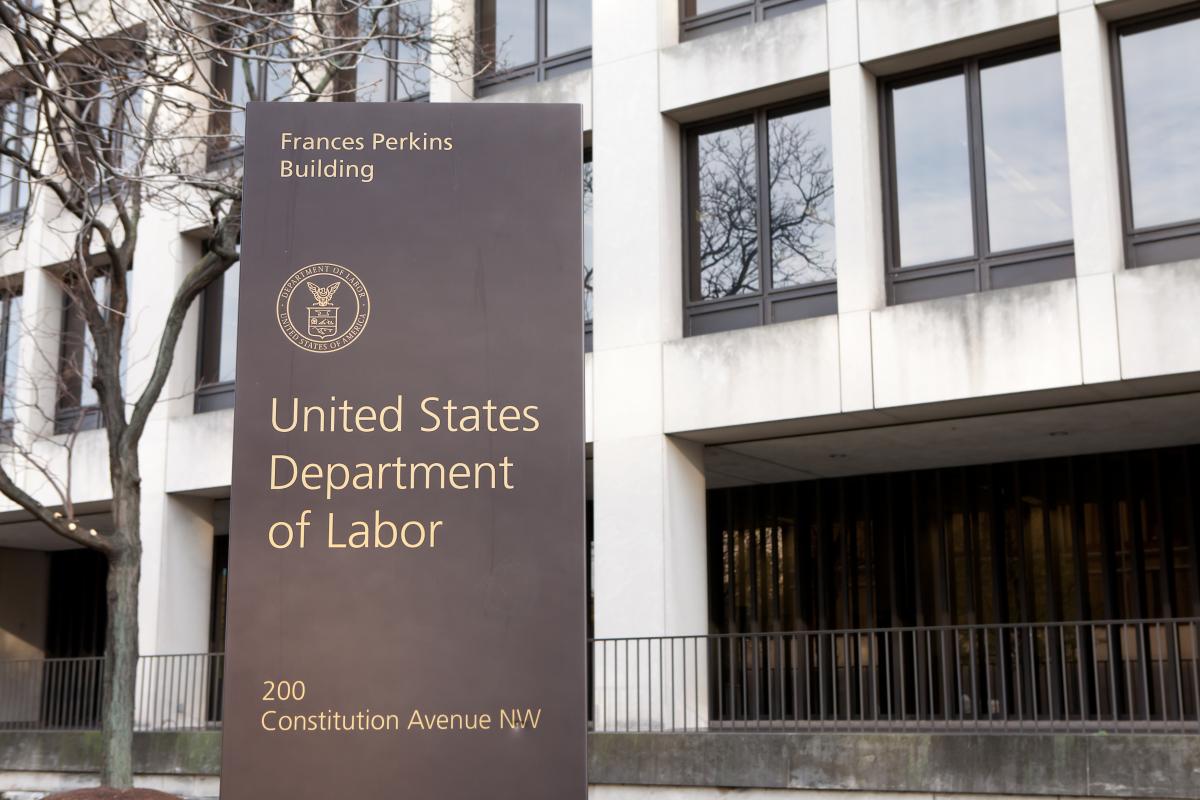 While there are no details yet, the federal government’s regulatory dashboard suggests that the Department of Labor (DOL) may soon release guidance addressing the independence of employee benefit plan accountants.
While there are no details yet, the federal government’s regulatory dashboard suggests that the Department of Labor (DOL) may soon release guidance addressing the independence of employee benefit plan accountants.
The Office of Information and Regulatory Affairs (OIRA)—part of the White House’s Office of Management and Budget—has concluded review of an interpretive bulletin in relation to the independence of employee benefit plan accountants and presumably their audit functions.
The OIRA’s web page shows that the guidance was received on July 25 and that the department concluded its review on Aug. 23. This review is typically one of the final stages in the regulatory process before guidance is released publicly.
A recent post by Ascensus notes that the DOL has had an interpretive bulletin in place since 1975 and has acknowledged that further guidance may be issued concerning the question of independence of an accountant retained by an employee benefit plan.
Moreover, the firm notes that, in 2019, the American Institute of Certified Public Accountants (AICPA) issued a new Statement of Auditing Standards (SAS) 136 which updated audit requirements for employee benefit plans, but implementation of these new requirements was delayed until plan years ending after Dec. 15, 2021, due to the pandemic.
The DOL’s Employee Benefits Security Administration (EBSA) had issued a Request for Information in 2006 on possibly amending Interpretive Bulletin 75-9 (29 CFR 2509.75-9) relating to guidelines for determining when a qualified public accountant retained by an employee benefit plan is independent. The DOL’s RFI sought to obtain information to assist in evaluating whether, and to what extent, Interpretive Bulletin 75-9 provides adequate guidance to meet the needs of plan administrators, plan fiduciaries, participants, and other affected parties. The DOL apparently did not issue additional guidance at that time.
A few years later in 2015, EBSA released a study examining the quality of audit work performed on employee benefit plans by independent qualified public accountants. EBSA’s review found that 61% of the audits fully complied with professional auditing standards or had only minor deficiencies under professional standards. However, nearly 4 out of 10 of the audits (39%) contained “major deficiencies” with respect to one or more relevant GAAS requirements which would lead to rejection of a Form 5500 filing, the study noted. Consequently, the AICPA released SAS 136.

